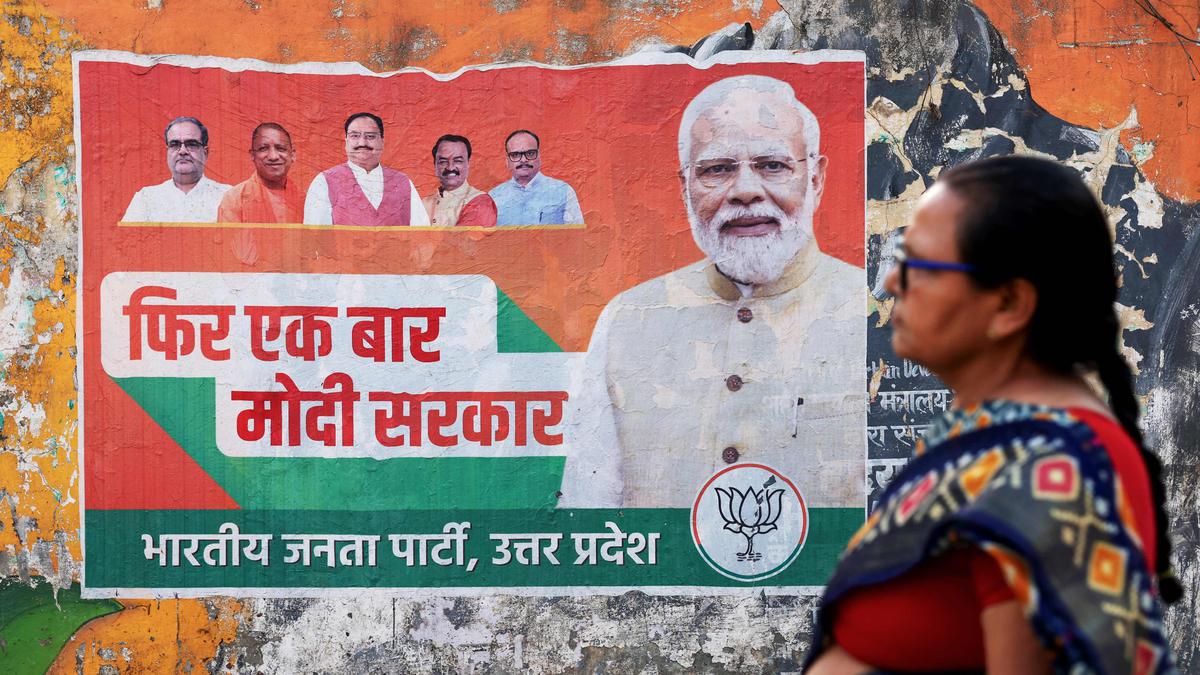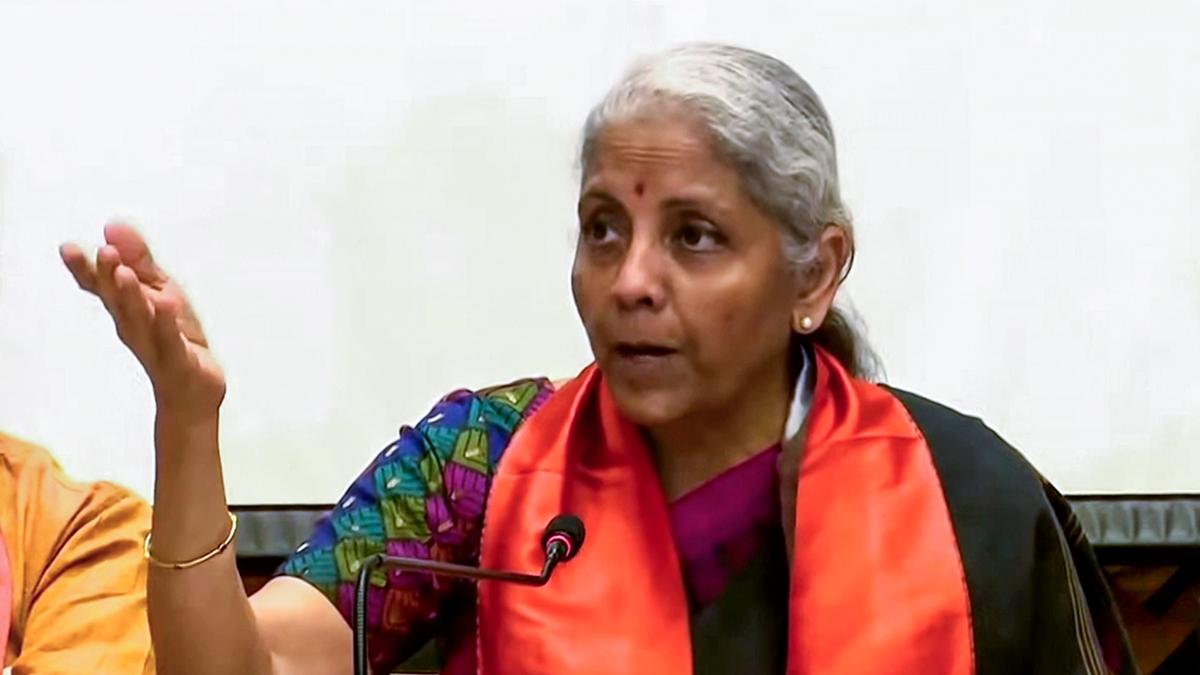In the last 12 months, Mumbai witnessed a 11.5% rise in luxury real estate prices, reaching the third spot globally, after Manila and Tokyo. Delhi’s prime residential prices soared by 10.5% in the last year, finding fifth spot on property consultant Knight Frank’s prime global cities index, which is ranked as per annual percentage change in realty prices.
Contrary to financial and national capitals of India, Bengaluru witnessed a drop in luxury home rates.
At the top of the table is Manila with 26.2% annual growth, followed by Tokyo at 12.5%. In fourth place is Perth, at 11.1%.
“With annual Gross Domestic Product (GDP) growth running at over 8%, strong economic growth across India has boosted housing prices in the main cities, particularly in Delhi and Mumbai, as our results confirm,” Knight Frank said in a report released on Thursday.
Mumbai’s rank moved three positions in Q1 FY24, from the corresponding period in FY23. Delhi’s jump was bigger from 17 rank to fifth. However, Bengaluru’s rank slipped a notch from 16 to 17, even while it recorded a 4.8% annual growth in luxury residential prices.
“The strong demand trend for residential properties has been a global phenomenon, led by gateway markets of Asia-Pacific, Europe, Middle East and Africa. Like its peers in these regions, the improved rankings of Mumbai and Delhi on the prime global cities index was underscored by resilience in sales growth volume. We expect momentum of sales to remain stable over the next few quarters as economic corridors are likely to remain unchanged.”
Supporting the overall rationale is another property consultant Anarock. In one of their reports, the consultant explained, “In the last decade, there were periods when the supply of real estate exceeded demand, resulting in stable price growth that kept pace with inflation in the pre-pandemic era. Between 2013-2020, the top seven cities recorded a cumulative supply of 23.55 lakh units against a demand for 20.68 lakh units. Gradually, demand rose in tandem with new supply. Available inventory peaked at approximately 8 lakh units by the end of 2016. However, following the pandemic, residential real estate saw rapid recovery, leading to significant price growth that has outpaced general inflation.”



